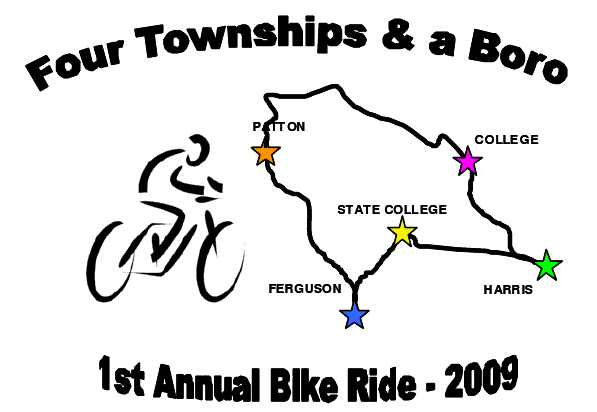There are many fine men and women who could speak to why you should commute via bicycle. They are out there every day proving that we can all contribute to our own health and the health of the planet. I am not one of those people.
I drive to and from work every single day, regardless of weather, time, and, surprisingly, the number of bikes I own. This makes me unfit to convince you to give up your car and bike to work since I have clearly been unable to convince myself to do the same. I used to think my reasons for not biking were sound, but I’ve not spent much time examining them. So, why don’t I bike to work?
Bike commuting is dangerous. Not all drivers are inattentive, but there are enough that I think twice about sharing the road with them. Speed limits are disregarded, shoulders are drift and passing zones, and bike lanes are used to cut corners to trim milliseconds of travel time. Why pit myself against all that on an unseen and unprotected conveyance? But there are cyclists out there surviving every day by sticking to lower traffic routes, avoiding rush hours, using off-street paths, increasing their visibility, and maintaining their awareness of the traffic around them. Surely, I could employ some of these tactics and arrive safely at my destination.
Bike commuting leaves me stranded in an emergency. This has always been my “can’t touch this” excuse as my son is mostly confined to a wheelchair and requires constant medical attention. But how valid is this excuse? Seeing as my spouse drives our only wheelchair accessible vehicle, not very. If she is unable to respond, I can call on friends, family, and taxis for rapid transport.
Bike commuting is inconvenient. Commuting is more than the shortest distance between two points. It’s errands, picking up dinner, or shuttling the kids. How do I handle life’s daily needs on two wheels? Die hard cyclists will tell you that a rack and panniers are your best friend when it comes to running errands, but if, like me, you face a longer commute, the answer is simple: don’t run errands on bike days. There is no morally mandated requirement that we must bike to work every single day. We can still reap many of the benefits of bike commuting by being selective about the days we ride. If you know that you have two days per week that require a car, drive those two days and bike the rest. Look for ways to consolidate your errands to free up time for biking.
Bike commuting makes me sweat too much. While a common argument, this one actually doesn’t apply to me. My employer has showers on site, so I have no reason to fear exertion. All I need do is pack a bag with my clothes and some toiletries. Even a quick refreshing upon arrival would be sufficient in most cases to go through the day without causing olfactory offense.
Bike commuting takes too long. My commute by car is approximately 25 minutes each way and does not begin until after I walk my son to school. I don’t arrive home until 6:30 PM. Bike commuting would see me arriving home at 8:30 PM, which is incompatible with ever seeing my children awake again. Not a problem with a mere 10 minute commute, but in my case, compromise becomes the solution. If my spouse took our son to school a few days, I could roll out of bed and onto the bike, arriving at work earlier than normal and avoiding traffic in the process. Since I wouldn’t have a car for lunch trips (i.e., errands), I could work through lunch and be able to leave earlier as well.
Bike commuting and inclement weather don’t mix. Saving the planet is quite noble, but if the planet decides to strike back at me with an unexpected thunderstorm in the evening, I’m not likely to let myself get caught in the rain again on an uncovered bike. A little planning can help alleviate this problem. By storing some basic rain gear at the office, I can always be prepared should the weather turn sour. If the weather looked downright dangerous, I can call upon some of those aforementioned friends and family to give me a lift home.
Bike commuting is tiring. There is every chance that I will bike to work and, at the end of the day, decide that I simply can’t endure the ride home. Many commuters claim to be invigorated by their commute, but I remain skeptical. That’s why we have CATA. For a modest fare, they will take me and my bike back home.
Those were my reasons for not biking to work. Maybe some of them were your reasons, too. Take some time and think about why you don’t bike to work, and you might find that every problem has a solution. But have I convinced myself? Enough so that I will be experiencing my first bike commute as part of the Centre Region Bicycle Coalition’s Bike To Work Week events. With any luck, I will not be struck by a vehicle on a rainy day in which time is of the essence due to an unforeseen family emergency that requires me to run an errand. But even that possibility will not stop me from trying.

















